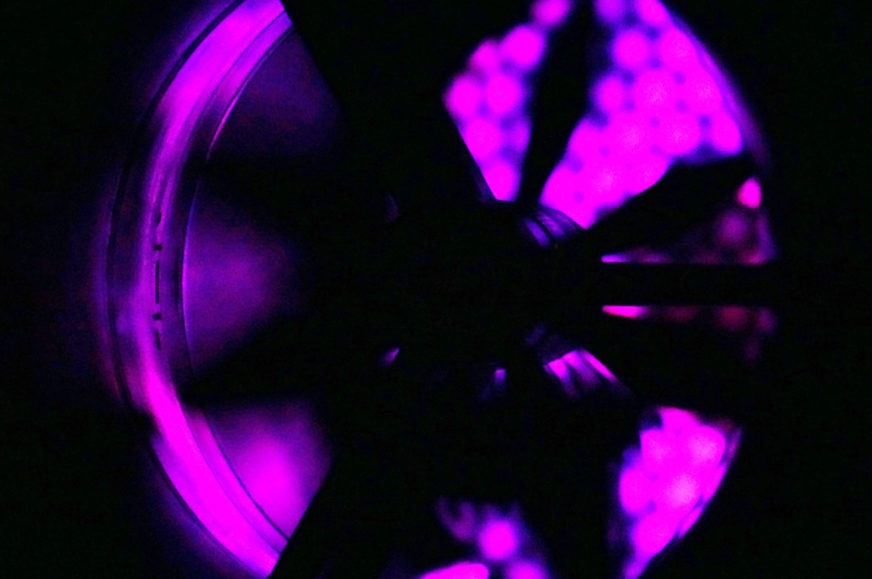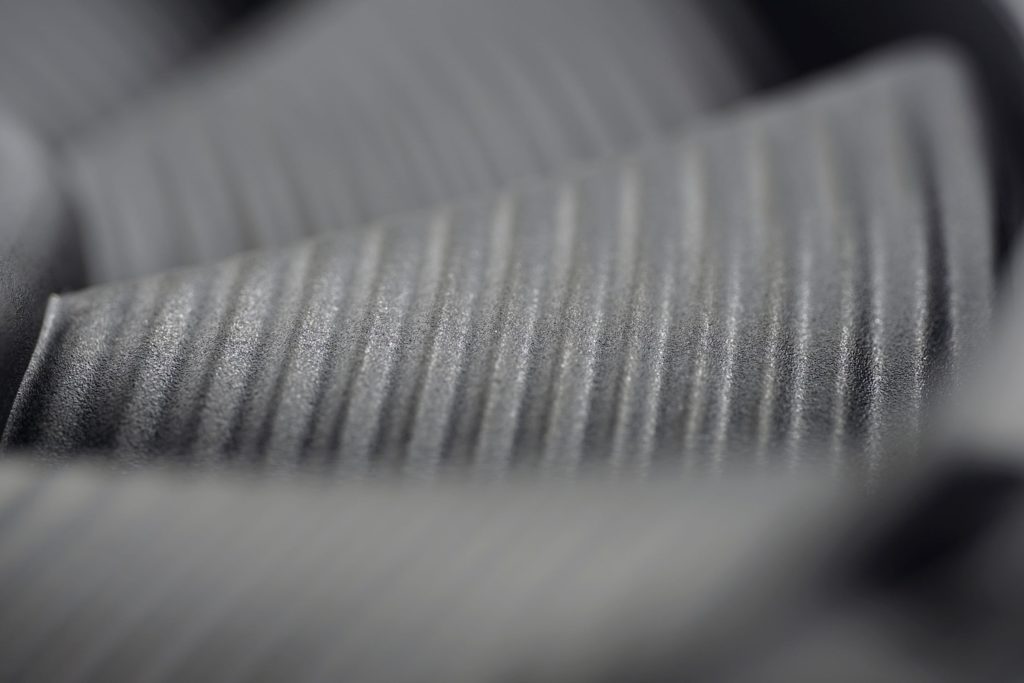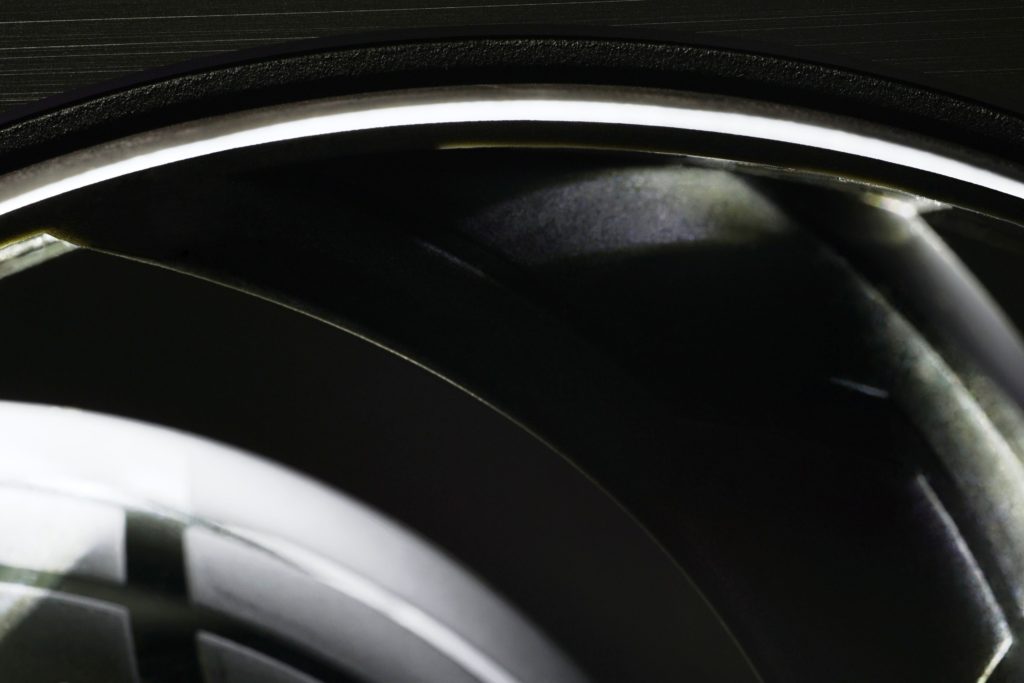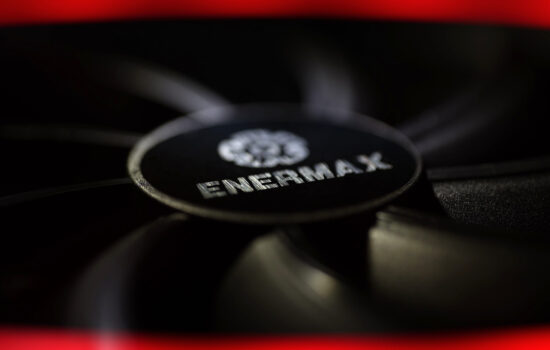Velocity isn't everything, but you can't do without it
Pressure here, pressure there. Omitting the adjective and not clearly specifying what type of pressure is being referred to can lead to all sorts of misunderstandings. Especially when in fan terminology, the word pressure is usually associated with static pressure. Not infrequently, however, dynamic or total pressure is meant. Complicated? Not really, you just need to be clear about what is being talked about and learn to read between the lines a bit.
A quick, but hopefully punchy and well-understood discussion of what static pressure is, and how to understand this quantity, is already behind you. However, the word “pressure” in fans is not only used in connection with static pressure, but also tends to refer to dynamic or total pressure. For the sake of simplicity, in the following we will work mainly with dynamic pressure and, at the end, it will also be clear what total pressure means.
Dynamic pressure is the most important parameter of fans and yet you won’t find it in the specs. Why? Because instead of it, airflow is mentioned, which is much easier to grasp at the user level. Dynamic pressure does not have a third dimension and is expressed “only” in terms of air velocity, or the speed of air streams. Thus, it does not speak of the amount of air pumped over a certain period of time (as airflow), but of its flow velocity, typically given in metres per second.
However, the simple information that the air is moving at, say, 4 m/s is just one of the variables in the formula that you can use to calculate the airflow. To do this you need knowledge of the cross-section/area through which the air flows, without that you can’t get to the correct cubic units. When you come across the statement somewhere that the surface finish of fan blades increases pressure, it usually means dynamic pressure. That’s why they refer to those various ducts as accelerators. These counteract microturbulence at the fan intake in order to increase the dynamic pressure so that the air flows faster through the rotor. The more turbulent the airflow on the exhaust blades, the lower the dynamic pressure and therefore the lower the fan airflow.
However, there are also surface treatments on fans that mainly increase the static pressure. For example, recessed triangles along the inner surface of the stator shell (Inner Surface Microstructures). Such a structure in the “dead” space between the blade tips and the frame creates a highly turbulent layer that better resists back pressure, resulting in higher static pressure. And in an environment with a certain, non-zero resistance, thus also dynamic pressure.
In the article on static pressure we wrote that its measurements are made at zero airflow/dynamic pressure, so when measuring dynamic pressure, a zero static pressure environment is to be properly ensured. This means not only that the fan will not have a physical obstacle in its way (such as a radiator, which reduces the dynamic pressure significantly), but also the resistance of the environment/typically the tunnel (test tube) itself, in which the measurements take place. Its design also exerts some resistance on the fan. This is then ultimately reflected in various ways in the measured values. The results of some fans may be disadvantaged more (typically models with lower static pressure), others less so.
Here we are getting to the point where the text could go into too much complexity, which is not the aim of this article. Its main role is to be able to distinguish between static, dynamic and total pressure.
A rotor frame is also involved in increasing the overall pressure of a fans, and we often write about it in particular in connection with suppressing vibrations at the blade tips and thus reducing tonal peaks. But one cannot deny the certain multifunctionality that this hoop possesses either. Thanks to its use, the air streams are not torn away from the blade tips, and at the same time the space between the rotor frame and stator frame, where the centrifugal force causes the air streams to circulate intensively, is also more immune to back pressure. And this is also a good “wall” increasing the static pressure.
With these currently modern hoops, it is certainly fitting and proper to know that, in addition to their stiffening nature, they also increase the overall pressure. It’s actually similar to the aforementioned ISM from Noctua, albeit a somewhat low-budget version.
So there is pressure, and then there’s pressure. The spherical shape of a ball is due to static pressure, which is created by pumping dynamic pressure. Once inflated, the ball is then only subject to static pressure, which is its big advantage compared to fans. The effectiveness and usability of fans is dependent on the pressure differential, with which they struggle, for better or worse, during the entire service life.
A good finishing point for this article is a response to a question we received by email from one of our readers. The question was whether it is possible to estimate the static pressure based on the known dynamic pressure of a fan. It isn’t. For example, take a look at the results of the Arctic BioniX F120. In a non-restrictive environment with comparable airflow to, for example the the Gentle Typhoon D1225D, the Arctic fan achieves half the static pressure. Naturally, the airflow drop through various obstacles is also significantly higher with the BioniX F120.
English translation and edit by Jozef Dudáš














